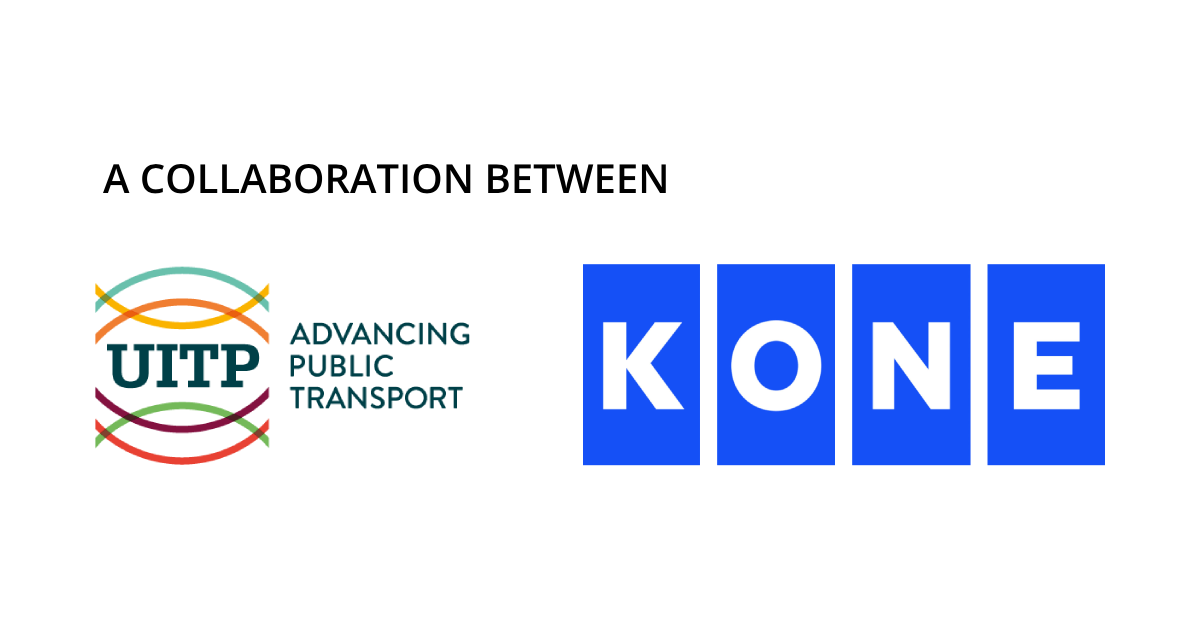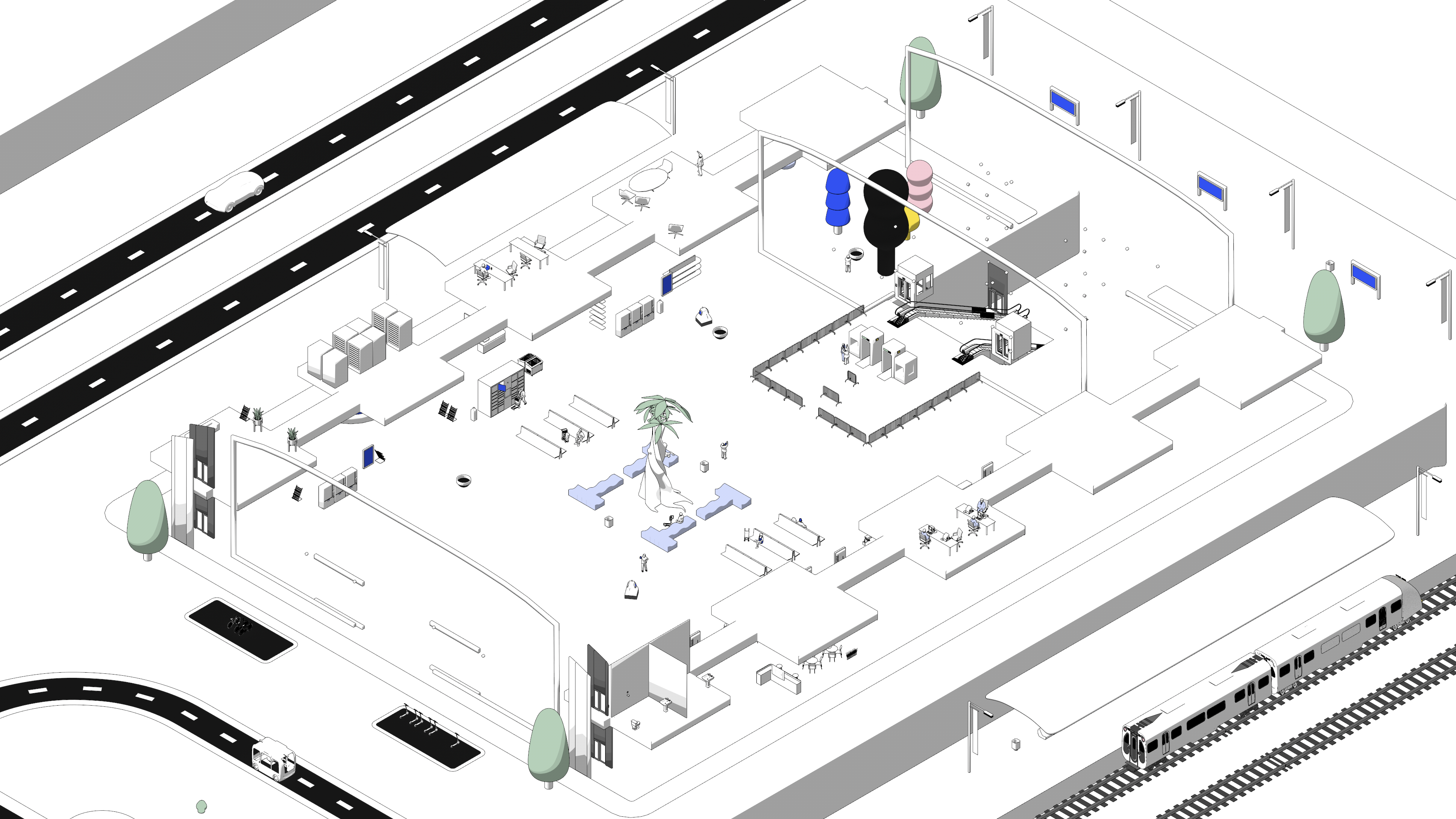Are you a public transport professional?
How do you want to improve your station?
Welcome to the heart of the interactive Stations of the Future. Here, we invite you to explore the solutions we have identified to make public transport stations better, more inclusive places.

